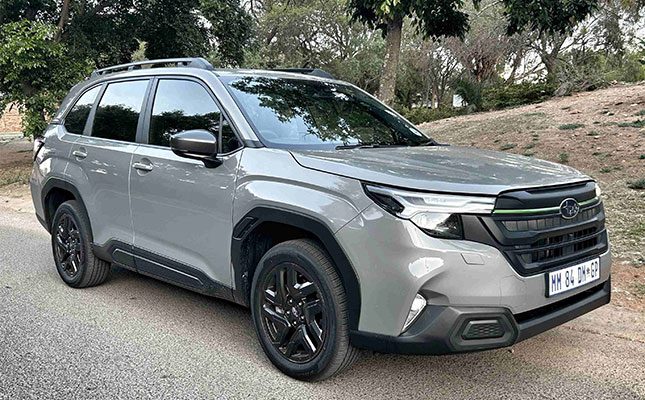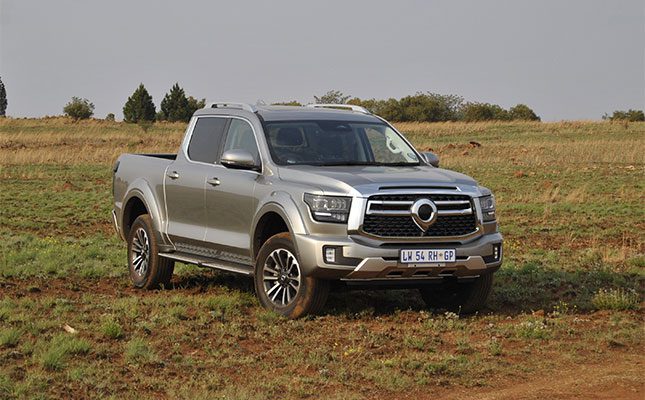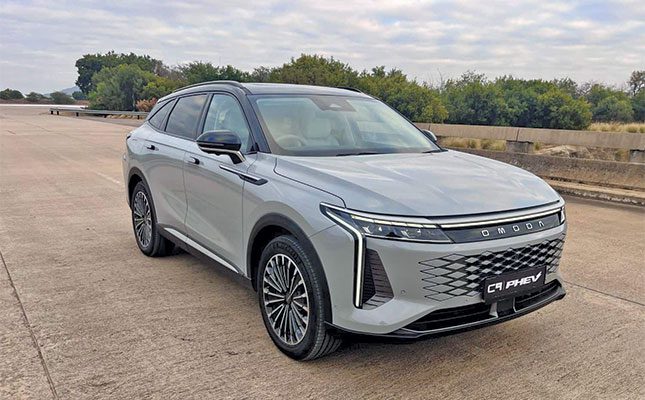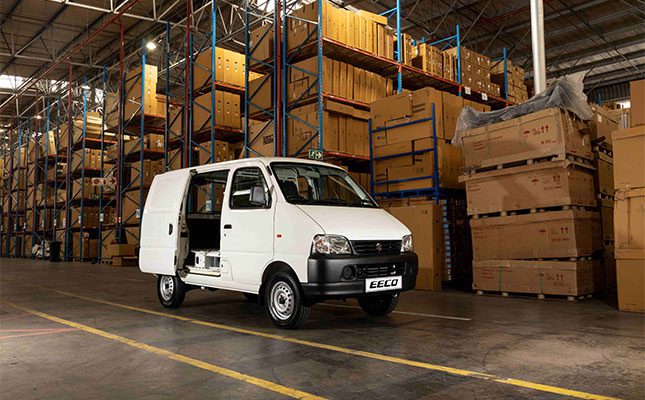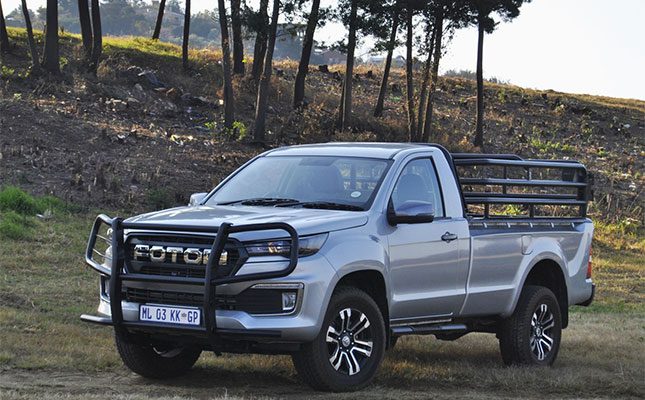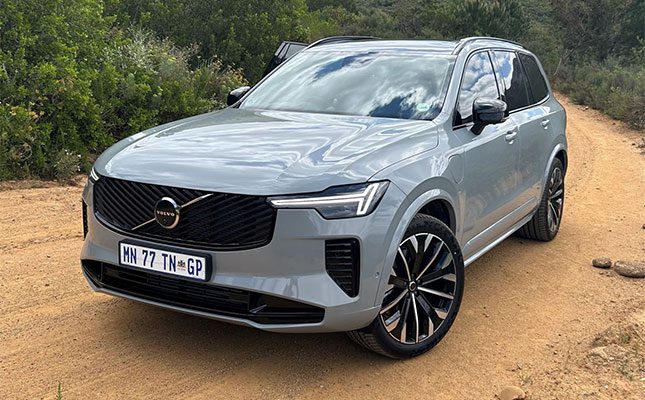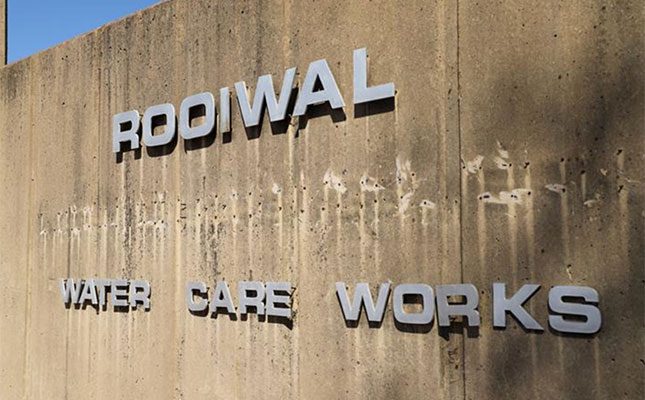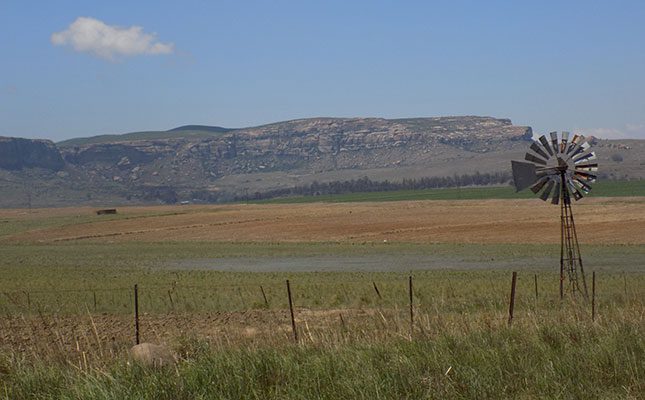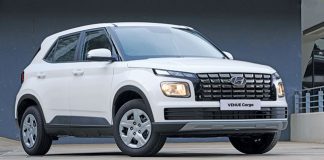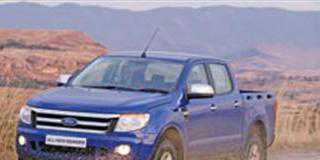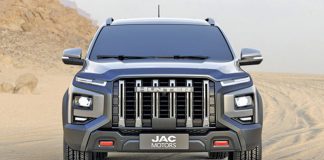
Photo: Jaco van der Merwe
Chery had a busy time in China last month. First the ambitious carmaker showcased the Himla, its first-ever bakkie, alongside a host of South Africa-bound plug-in hybrid SUVs at the Shanghai Auto Show.
Only a day later at its headquarters in Wuhu, yet another Chery sub-brand – similar to Jaecoo and Omoda – called Lepas, made its world premiere.
The Lepas reveal was followed by news that another sub-brand, iCar, was also heading to South Africa, only to be called iCaur due to the original name already being registered locally.
Chery hilma bakkie
Plans to introduce a Chery bakkie in South Africa next year are at an advanced stage, and the manufacturer is considering as many as five powertrain options, one of which could rival the BYD Shark as one of the most powerful bakkies in South Africa.
According to Zhang Guibing, president of Chery International, the Chery Himla that was showcased at the Shanghai Auto Show, internally called the TP11, is unlikely to be one of them.
It is more likely that the TP31, which is currently being developed for export markets, will be introduced locally.
The Himla’s name was inspired by the Himalayas, which crosses six countries, including China. Chery also uses it as an acronym for high performance, innovation, multi-functionality, longevity, and all-terrain.
‘Golden era’ of growth
Rather surprisingly, the TP31 project might not even wear the Himla moniker. The name Sahara has been mentioned as a possible alternative, and it is likely to feature very different styling to that of the Himla.
“Our initial products were only built in left-hand drive, but from next year we will have them in right-hand drive. From next year, we might bring (bakkies) in two body styles to South Africa,” Guibing told a South African media delegation in Wuhu.
Chery believes that the world is entering a golden era of bakkie growth after its shift from a traditional utilitarian role to a versatile vehicle with lifestyle appeal.
More than 5,6 million bakkies were sold worldwide in 2022, and the number was expected to increase to 6,3 million by 2023.
Wide range of powertrains
Part of the growth is driven by new energy powertrains, therefore Chery has left the door wide open.
The five powertrains on the table include two internal combustion engines, a 2,5ℓ turbo-diesel, which produces 140kW of power and 450Nm of torque, a 170kW/378Nm 2ℓ blown petrol mill, and a mild hybrid, which adds electrical assistance to a 2,5ℓ oil burner and produces 200kW/600Nm.
At the top end of the sphere are two plug-in hybrids (PHEV). A 2,5ℓ turbo-diesel hooked up to battery and electric motor to produce 260kW/680Nm and the 2,0ℓ blown petrol mill and electrical system which pumps out 300kW/620Nm.
The plug-in hybrid Chery bakkie will be slightly less powerful than the 320kW/650Nm BYD Shark. It will trump the incoming 290kW/670Nm JAC T9 PHEV in terms of power, but will be down on torque.
The incoming range-extending electric Riddara RD6 will have outputs of 315kW/595Nm.
Raptor loses ground
This means the Chery bakkie, the JAC T9 PHEV, Riddara RD6, and BYD Shark will all be more powerful than the Ford Ranger Raptor. Until very recently, the 282kW/586Nm Raptor was some distance ahead of the pack.
Chery claims that the TP31, which is set to be between 5 400mm and 5 450mm long, will feature space in the rear and more cargo space than the Ranger and Toyota Hilux. The length of its load bin will be 1 560mm.
Before the KP31 arrives in South Africa, Chery plans to introduce a host of plug-in hybrids (PHEV), which is powered by what the brand calls Chery Super Hybrid (CSH). The Tiggo 9 CSH will be the flagship of this improved hybrid technology, with PHEV derivatives also added to the Tiggo 7 Pro and Tiggo 8 Pro.
A very interesting move from Chery will see the carmaker roll out a self-charging hybrid (HEV) derivative of the Tiggo Cross shortly, which is targeted at the Toyota Corolla Cross HEV.
Lepas roars into SA
The new brand will get the ball rolling with the L8, a large SUV, which goes into production towards the end of this year. Two smaller SUV models, the L6 and L4, will follow.
Although Lepas has been confirmed for South Africa, the L8 is not expected to arrive before early next year. Chery plans to have around 30 dealerships up and running before then.
Chery believes there is a gap in its international markets for a more upmarket and trendier-styled SUV. According to the manufacturer, the Chery Tiggo Pro family SUVs cater to a moderate and traditional buyer, while the Lepas is aimed at younger, fashion-conscious buyers.
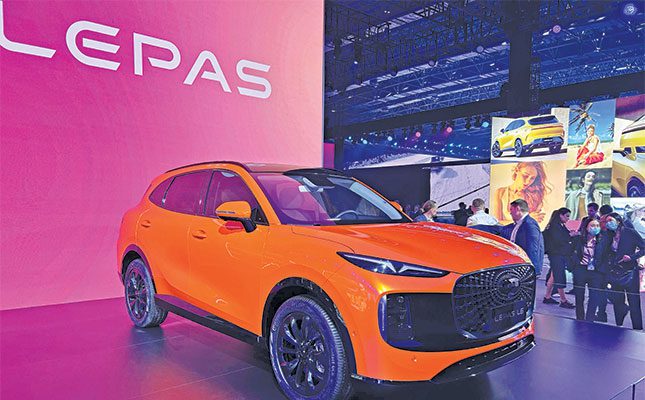
The name Lepas is a combination of the words ‘leopard’ and ‘passion’.
Its shoulder lines were sculpted on the contours of an American leopard, with its LED headlights resembling the eyes of the big cat. Chinese porcelain-inspired smooth curves feature on the doors and door handles.
Dashing and daring
The Lepas L8 features a striking yet simplistic front grille design which is said to resemble luxury goods such as gem- stones. The standout feature at the rear is a thin light bar connecting the tail lights.
The Lepas L8 is 4 688mm long, 1 860mm wide and 1 695mm high, which is very much on par with the Chery Tiggo 8 Pro. The latter is 32mm longer, 15mm higher and features a similar width.
Staying true to the Lepas slogan of ‘Colourful Life, Masterful Drive’, the L8 will be offered in three outgoing launch colours – Norwegian Forrest Green, Canada Maple Yellow and Scotch Grass Green.
The colours are not only reserved for the exterior, but will also be used on the seats, dash and door panels.
The cabin features a 13,2” portrait-style infotainment system with multi-modal voice control. It also has a rotary gear shifter and features such as diamond-shaped texture on the seats, a ‘pebble suspended speaker’ and ‘rhythmic ripples’ for finishing.
Bedroom on wheels
Chery claims that the 970mm rear leg room in the Lepas L8 is more than the BMW X1, Kia Sportage and Hyundai Tucson offering. The rear recline angle of 32° also gives it the edge over most others in the segment.
An innovative, configurable cabin enables the driver’s seat to be almost fully reclined to provide ‘Nap Mode’.
Both front seats can be reclined with a pull-down screen providing what is called ‘Cinema Mode’, while ‘Sleeping Mode’ provides a double bed with the rear seats folded down and the dashboard doubling up as headrest.
No powertrain details where divulged during the launch, expect that the range of Lepas SUVs will be offered with internal combustion engines (ICE), as PHEVs, or fully electric vehicles.
iCaur surges ahead
The brand is reserved exclusively for all-electric cars. The first model available locally will be the retro-looking rugged-styled 03. Originally planned to be offered locally as the Jaecoo J6, the model will now move under the iCaur banner.
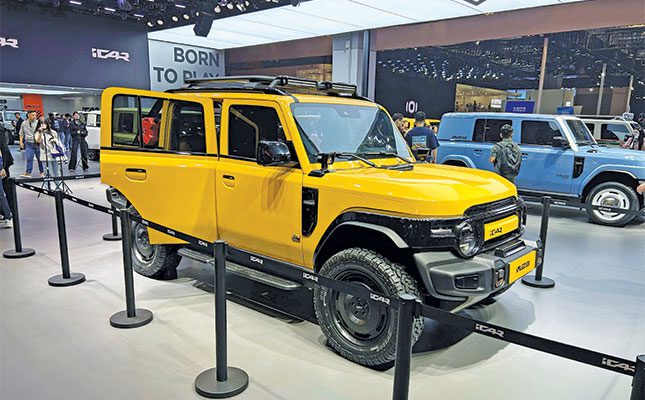
Hot on its heels will be the funky-looking V23, which is a cross from anything between a Defender, Jeep and a Suzuki Jimny.

